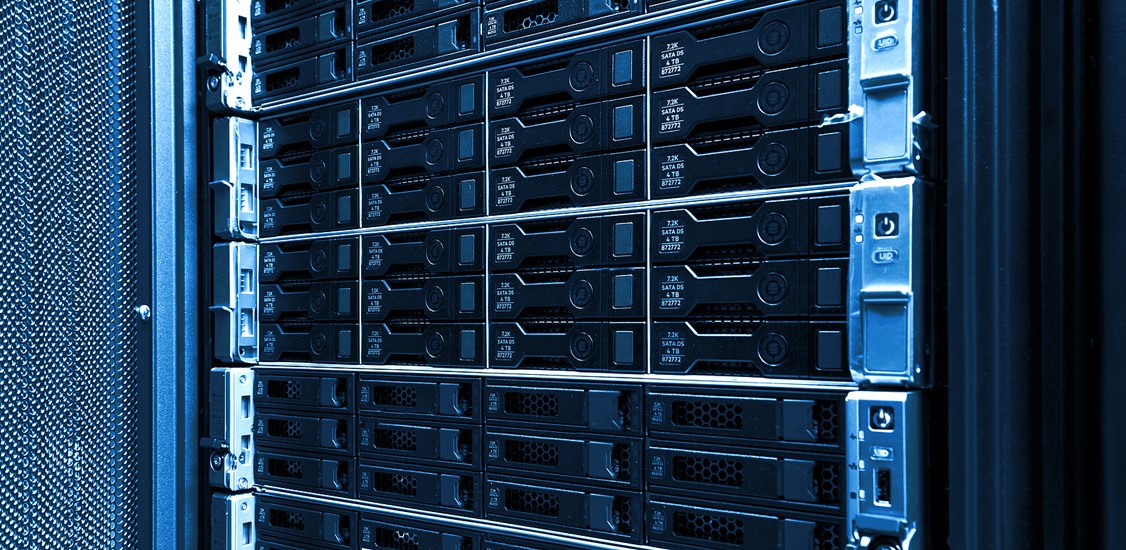Data centers and IT infrastructure are increasingly at the core of our digital lives - whether we know it or not - thus their stability is more critical than ever. In the quest to improve reliability, data center companies are looking to provide resiliency against catastrophic events through robust geo-redundancy - the physical separation of two or more data centers. What’s driving the trend, and what do businesses need to know to ensure their data and IT operations are safe?
Learning lessons
Why is the data center landscape shifting toward more geo-redundancy - assuring data resides in multiple locations? Let’s look at one pertinent example: Twitter. Late in the summer, Twitter suffered a major data center outage due to high temperatures that once were considered unusual, but are occurring more frequently. The incident highlighted the need for more redundancy in data center infrastructure to account for climate changes.
It's tempting to think that Twitter’s situation is an aberration, an isolated incident. However, this type of outage should serve as a warning to all. Why? Because the type of outage suffered by Twitter is a growing risk.
Growing risks
The outage at Twitter was caused by a heat wave putting undue stress on the power grid. Twitter and its customers weren’t the only ones affected, either. At the time of the Twitter failure, the risk of blackouts led to residents all over places like California andTexas being advised to cut back on their electricity use. While the Twitter situation may seem like an isolated incident, it’s actually a clue regarding what the future might bring both in regard to extreme weather and the power grid.
The severity and frequency of weather-related power failures in the U.S. are currently at all-time highs, doubling over the last two decades. Reported natural disasters have increased 10-fold in the last 100 years, with all signs showing that the seriousness of the events is also on the rise. Of particular note for data center services is the fact that storms and floods account for the vast majority of these severe weather events, over 70% since 1990.
Going further with georedundancy
Accepting the reality of that growing risk doesn’t need to mean accepting failure. Being prepared for recovery reduces the disruption of services and damage to the brand. What we can learn from weather-based outages is that the right path is preparation. As in the case of Twitter, focusing on data center geo-redundancy is one way to take resiliency into your own hands.
Putting too much trust into one facility to handle your workload can be dangerous. As we can see above, just because your applications and data are housed securely doesn’t mean they’re not at risk. As outages become more common, the best bet is to diversify your geographical footprint. Physically separating servers in different areas (a.k.a. geo-redundancy or geo-diversity) means they are in distinct weather systems and on separate power grids; it’s about hedging to assure that data in at least one location is up and running. In the face of increasing threats, aiming for geo-diversity is one thing companies can do to address the challenge. Working with a data center partner that has broad geographic coverage allows an organization to account for both extreme weather and power grid issues.
So, what does the future hold? For data centers, it means providing customers with a broad, geographically distributed portfolio. For data center customers, it means carefully evaluating data center partners who can provide that critical geo-redundancy. If not, it’ll be more than just tweets that are lost.






















